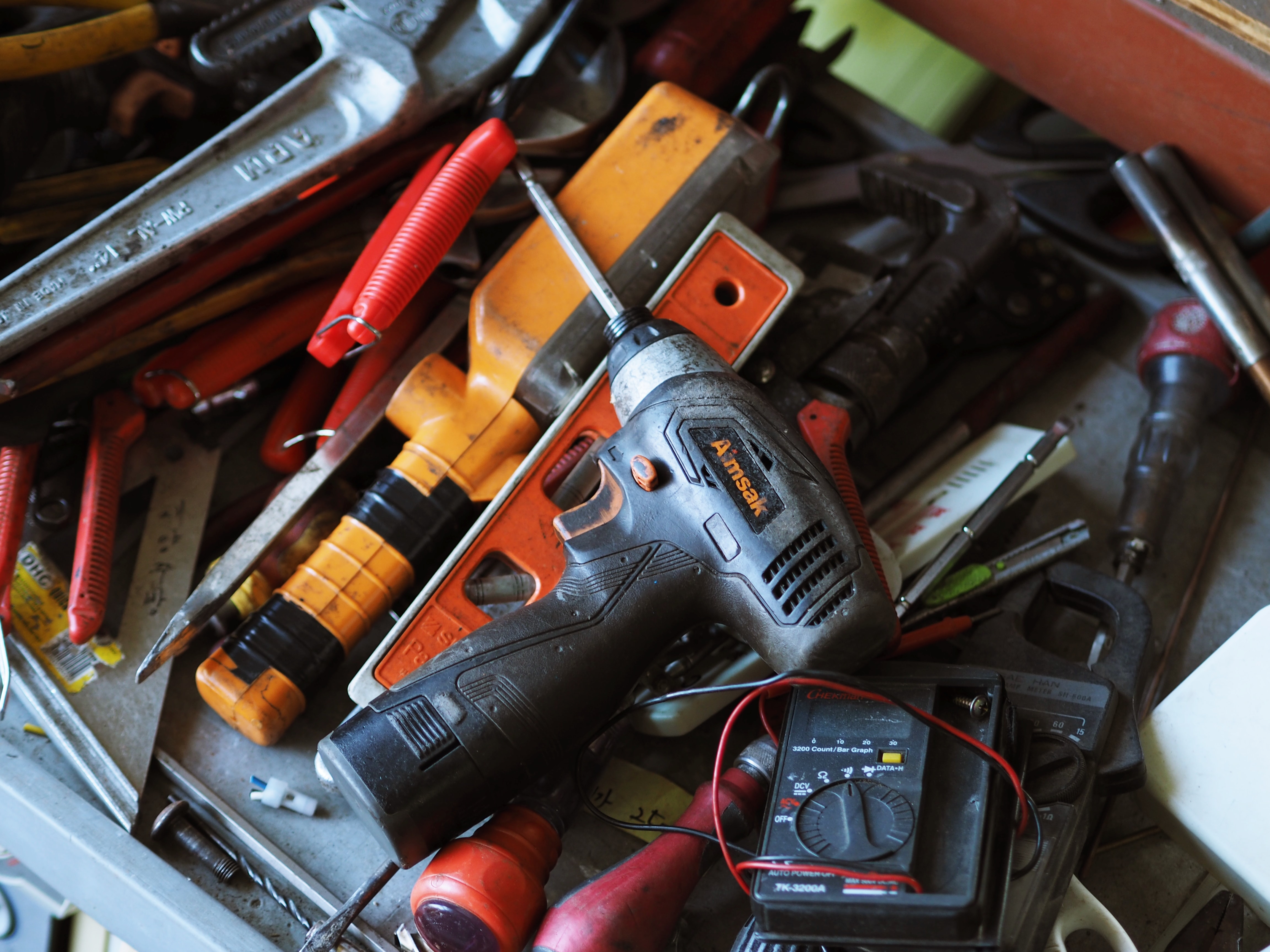Are you currently working with tools on the job? Are you an employer that works in an industry where the use of hand and power tools is necessary? Health and safety should always be a top priority for employers and employees, no matter what the job is. It’s not only important to create a safe environment for workers but also to ensure that any health hazards are eliminated or minimized as much as possible.
In this article, we will talk about the importance of safety when working with hand and power tools, as well as provide some helpful tips that you or your employees can use to practice safe habits.
What Does OSHA Say About Safety When Using Hand & Power Tools?
The U.S. Occupational Health and Safety Administration (OSHA) sets a very straightforward standard when it comes to using hand and power tools. Gloves as well as appropriate safety footwear and other protective equipment must be worn at all times while working with these tools.
Since power tools utilize electricity, safety storage containers must be used to store them. A clean, dry place will be the perfect place to store these items. All tools must be checked and maintained regularly to ensure they’re in good condition and working properly. In addition, electric tools should also be used in a dry environment and with grounded power cords with a good lighting system. This will eliminate or reduce the risk of electric shocks.
Tips When Handling Hand & Power Tools
Moving forward, let's talk about some tips that you or your employees can use when handling hand and power tools:
Tip #1: Use PPE
Personal protective equipment, or PPE, is a must when it comes to any kind of job. Make sure to provide and enforce the use of safety glasses, hard hats, ear protection, and other necessary items.
Tip #2: Inspect Tools Regularly
Unlike hand tools, electric tools tend to fail more often, so it’s important to inspect them regularly. Check the blade or bit for cracks, chips, and other signs of wear. If you notice any issues, replace the tool immediately.
Tip #3: Train To Use the Tool
Employees should be properly trained on how to use a particular tool before they start their job. Educating them on the proper operation of the tool and its safety precautions will help them stay safe while they’re working.
Tip #4: Keep Your Work Area Clean
This is a no-brainer, especially when working with power tools. Make sure to keep your work area neat and organized to reduce the risk of accidents. Watch out for slippery surfaces, as well as any other potential hazards.
Tip #5: Use the Right Tool for the Job
Many workers like to take shortcuts when it comes to their job. One way they do this is by using the wrong tool for the job. Have a standard list of tools and be sure your workers are using the right ones for their tasks.
How Proper Training Can Help Decrease the Likelihood of Workplace Accidents
It’s important to understand that proper training is essential when it comes to workplace safety. Health and safety should be at the forefront of any job, no matter how big or small.
With proper training:
- Workers will know what to do in case of an emergency.
- Employers will have peace of mind that their workers are safe.
- Accidents can be prevented, and productivity increased.
- Injuries can be avoided and medical costs can be reduced.
- Risks can be minimized, and employees will feel safer at work.
- Employers will have fewer liabilities and legal issues to worry about.
If you are an employer, hold regular safety meetings and provide employees with the necessary training. This can be anything from a monthly safety refresher to an in-depth safety seminar. Remember that your employees are under your care. The more you invest in their safety and well-being, the more it will benefit your business.
The Bottom Line
Working with hand and power tools is not an easy task. It’s important to be aware of the risks involved and equip yourself and your employees with the necessary safety measures. By following all these tips and investing in proper health and safety training, you’ll be able to reduce workplace accidents and promote a safe working environment for everyone.
Sources:
https://www.osha.gov/sites/default/files/publications/osha3080.pdf



